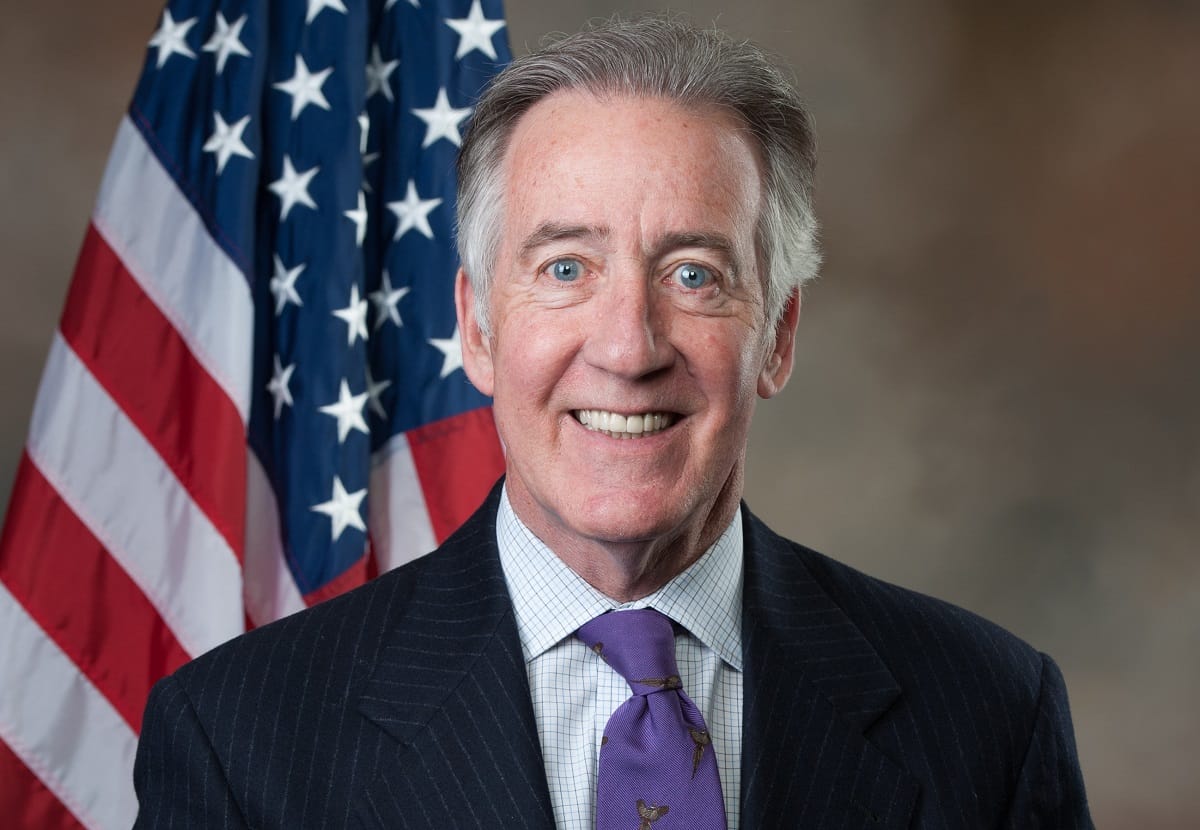Broadband Roundup: House Democrats Release Infrastructure Framework, T-Mobile’s Pink, 5G’s Specialness
The chairs of three House committees on Wednesday released a framework for a five-year, $760 billion investment in infrastructure that would address some of the country’s most urgent infrastructure needs, including broadband infrastructure. The framework put forth by Transportation and Infrastructur
David Jelke

The chairs of three House committees on Wednesday released a framework for a five-year, $760 billion investment in infrastructure that would address some of the country’s most urgent infrastructure needs, including broadband infrastructure.
The framework put forth by Transportation and Infrastructure Committee Chair Peter DeFazio, D-Oregon, Energy and Commerce Committee Chair Frank Pallone, D-N.J., and Ways and Means Committee Chair Richard Neal, D-Mass., would bolster the federal government in helping communities make investments that it described as “smarter, safer, and made to last.”
The framework sets a path toward zero carbon pollution, ensures so-called “green” transportation system, modernizes 911 networks, and expands broadband internet access, adoption for unserved and underserved rural, suburban, and urban communities. The framework also imposes Davis-Bacon requirements and “buy America” provisions.
“It’s past time to for transformational investments to make our infrastructure smarter, safer, and resilient to climate change,” said DeFazio.
“The deficiencies of our roads, bridges, transit, water systems, broadband, and electrical grids hold our nation’s economy back,” said Neal. “When we invest in infrastructure, it results in a significant economic multiplier – with each dollar spent, our nation becomes more competitive and prosperous.”
Although most of the major communications industry trade groups did not release comments, the Wireless Internet Service Providers Association said that they applauded the proposal. “If enacted into law, it will go far in bridging the debilitating digital divide. The challenge of eradicating the digital divide is particularly acute in rural areas, where nearly 20 million Americans lack adequate access to essential broadband, hampering widespread prosperity in the heartland,” WISPA said in a statement.
“Though the infrastructure plan does not lay out any specifics, we hope leadership recognizes that spectrum is infrastructure – just like new roads, bridges and public utilities – and focuses on encouraging federal officials to unleash more of it for consumers,” said WISPA.
The text of the framework is here; a Factsheet is here.
T-Mobile corporate parent seeks to trademark the color pink
A blog post by Michael Rosen of the American Enterprise Institute noted how Deutsche Telekom, parent company of T-Mobile, has sued an insurance company called Lemonade for using a “confusingly similar” shade of magenta.

DT asserts that its shade of magenta is so evocative of its brand that Lemonade’s use of it, even in a different market, could confuse a consumer into calling upon the associations it has with T-Mobile (whether good or bad) to sell Lemonade’s product.
Lemonade’s CEO Daniel Schreiber called the injunction DT has obtained against Lemonade from a German court as “corporate bully tactics.”
Proponents of trademark freedom on social media arranged the panel highlighting the breadth of color range to which DT believes it is legally entitled.
The author of the blog post then drew a comparison to the case in which British Startup Surrey Nanonsystems engineered the blackest black ever perceived (it absorbs 99.96 percent of all light) and licensed it as the exclusive property of famous artist Anish Kapoor.
Lower latency and higher capacity combines to make the 5G special
The wireless standard 5G’s most overlooked advantage is its “much lower latency” and its “much greater capacity,” according to a blog post of ETI Software Solutions.
The enhanced capacity will help give rise to the internet of things through a “massive uptick in devices and sensors connected to the network,” writes the author, citing wireless and near-instantaneous connection between streetlight to parking spaces to even livestock as a result of these overshadowed benefits.
These connections could provide the path to the future, serving as the bedrock for technologies like autonomous drones and automated factories.
The author also made a point to outline hope for rural areas, highlighting a deal between Parallel Wireless and the Competitive Carriers Association to offer new strategies for bringing 5G to the sparsely populated.










Member discussion